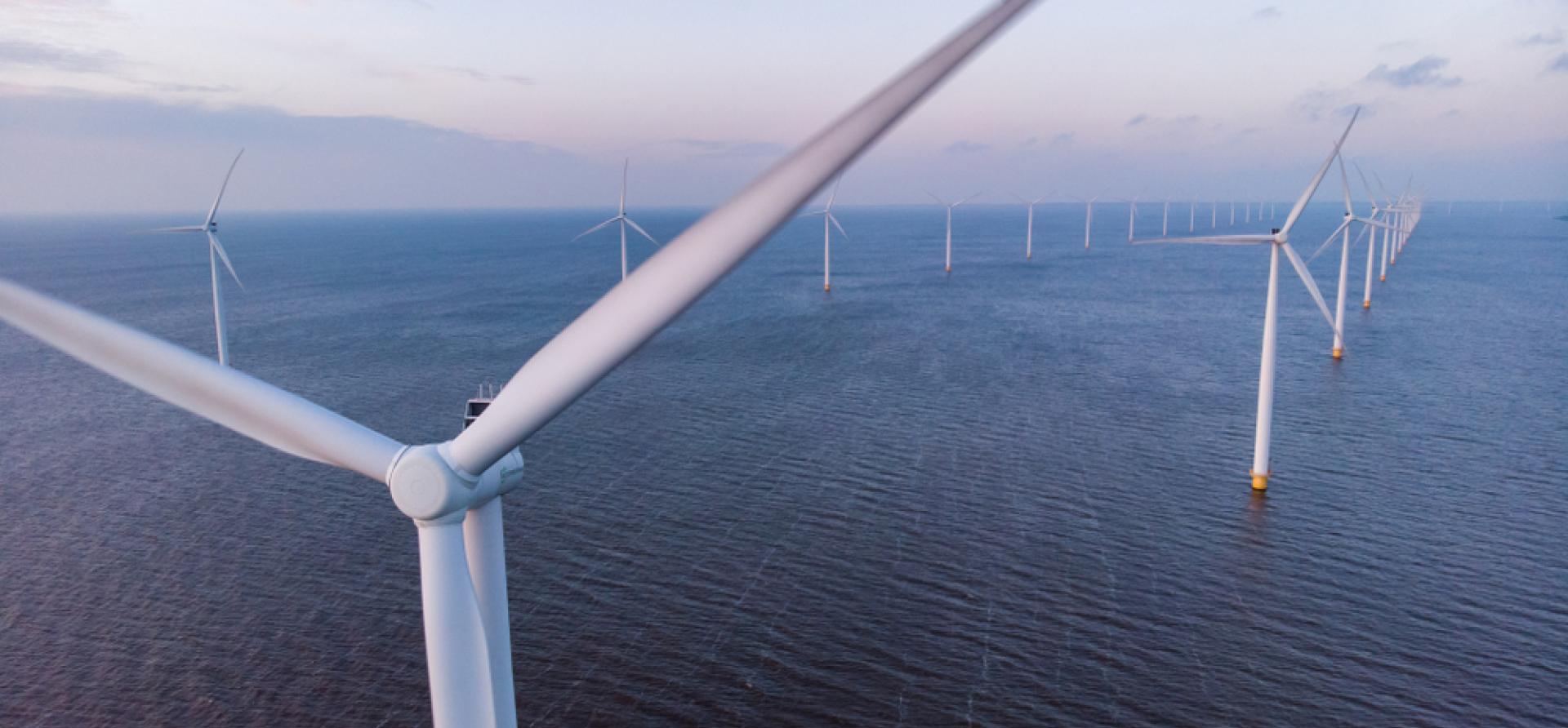India’s renewables ministry reignites its offshore wind dreams

Key Findings
Technology innovations are driving down the costs of offshore wind power projects.
Despite being costlier, offshore wind is important for decarbonising India’s power sector. India can potentially generate 194GW of offshore wind power along its 7,600km coastline.
Offshore wind projects can deliver more than 50-55% utilisation factors with a better wind resource profile in deep oceans.
India’s dormant offshore wind power sector may soon become a hotbed of action. The Ministry of New and Renewable Energy (MNRE) has revived its offshore wind power development goals by unveiling a roadmap for installing 30 gigawatts (GW) by 2030, just as project costs are falling globally.
For three years from fiscal year (FY) 2022-23, the MNRE’s implementing agency will invite bids for 4GW project capacity annually for development off the coast of Tamil Nadu and Gujarat. After three years, the bids’ project capacity will be 5GW annually till FY2029/30. The first 4GW tender for development off the coast of Tamil Nadu may come as soon as the next three to four months.
The MNRE’s announcement comes when offshore wind emerges as a new and viable clean energy solution globally. For example, China installed 16.9GW of offshore capacity in 2021 or roughly 30% of the 57.1GW global operational capacity.
In the United Kingdom, the second largest market for offshore wind, costs fell to a third in just 2-3 years.
Technology innovations are driving down the costs of offshore wind power projects. The rotor diameters of wind turbines have doubled to more than 164 metres from 80 metres. Similarly, today, the average turbine capacity has grown manifold, climbing to 12-16 megawatts (MW) from 1-2MW in 2012.
In European markets especially, cost reductions have been remarkable. For example, in the United Kingdom, the second largest market for offshore wind with 12.8GW operational capacity, costs fell to a third in just 2-3 years.
In 2017, the UK awarded 3.2GW of offshore wind capacity for an assured strike price of £57.5/Megawatt-hour (MWh) (US$79/MWh) for power delivery in FY2022/23. This was almost one-third of the strike price of £150/MWh (US$224/MWh) that won the previous round of auctions for similar capacity in 2014 for delivery in 2017.
India’s delayed start
India released its offshore wind power policy in 2015 with an ambitious target of 30GW capacity by 2030. However, since then, no projects have taken off.
Adding offshore wind to India’s generation mix could provide better round-the-clock clean power.
A key reason for the inactivity till now is significantly higher costs for offshore wind compared to solar and onshore wind.
Wholesale tariffs for solar and onshore wind in India have dramatically fallen to US$30-35/MWh since 2017, driving 10-15GW of capacity additions annually. Looking at other nascent markets like Taiwan suggests offshore wind power costs in India could be expensive at US$100-150/MWh. However, costs could reduce by implementing learnings from European markets, such as the UK, Germany, Netherlands, Denmark and Belgium.
Despite being costlier, offshore wind is important for decarbonising India’s power sector. India can potentially generate 194GW of offshore wind power along its 7,600km coastline. Tamil Nadu and Gujarat combined can offer 71GW of offshore wind.
Offshore wind projects can deliver more than 50-55% utilisation factors with a better wind resource profile in deep oceans. These are materially higher than onshore wind projects that can reach up to 30-35%. Also, India’s wind generation profile, which peaks between evening to early morning, compliments solar, which peaks during the afternoon.
Adding offshore wind to India’s generation mix could provide better round-the-clock clean power, manage peak demand and add resource diversification benefits.
Key enablers for offshore wind development
India might opt for competitive reverse bidding auctions, unlike other Asian markets like China and Taiwan, which have supported offshore wind development through feed-in-tariffs. Underwriting power purchase agreements by government-owned intermediaries, such as Solar Energy Corporation of India (SECI) and NTPC, will mitigate the counterparty risk. These intermediaries will sell the power to state-owned electricity distribution companies (Discoms).
MNRE announced its latest offshore wind development plans after meeting the Central Transmission Utility (CTU) about the challenging aspect of network planning for offshore wind. At the meeting, MNRE suggested supporting cost-free evacuation and power transmission from offshore to onshore transmission networks for projects commissioned by 2030.
Working in sea depths of 20-40 meters and 5-10km from the shore complicates project development. Additionally, these developments must conduct a thorough environmental assessment to avoid adverse impacts on the marine ecosystem. Therefore, long-term industry development requires building a local value chain, local skills and expertise, and ports and network infrastructure.
In Europe, lower financing costs have lowered offshore wind tariffs. Improving confidence in project delivery helped new projects attract lower-cost capital from pension and other institutional funds. This helped improve the return on investment.
Many of the world’s largest pension funds, sovereign wealth funds, and other private infrastructure funds have already invested in India’s renewable energy assets. If the initial projects are delivered and operated successfully, offshore wind can become an attractive asset class for these investors.
India’s electricity demand has risen after three flat years. Recent power shortages forced Discoms to buy power from the open market at a price cap of Rs20/kilowatt-hour (kWh) (The central regulator reduced the price cap to Rs12/kWh from April 1, 2022). Even with higher tariffs today, offshore wind power provides energy security against shocks from the price volatility of fossil fuels.
This article was first published in Financial Express.















